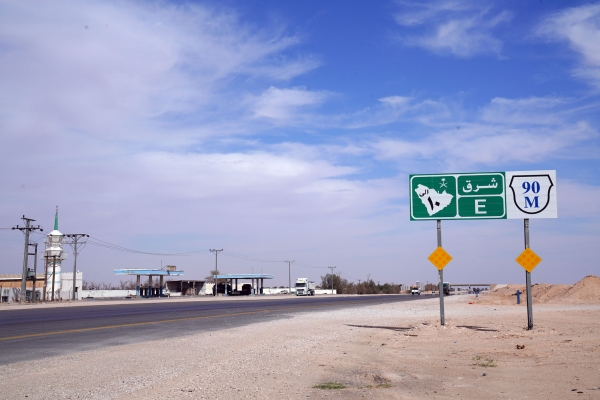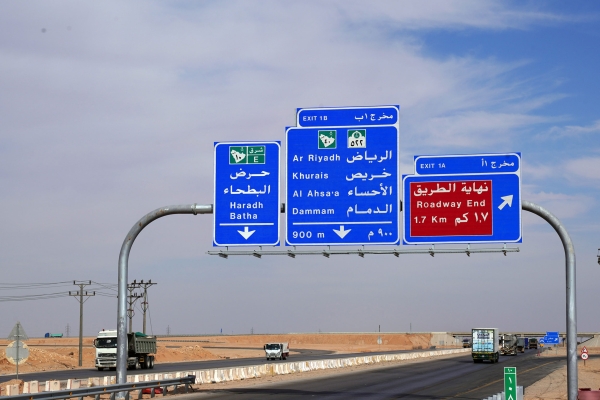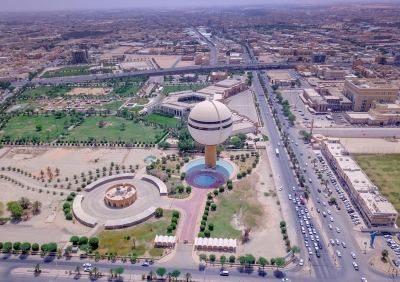

Highway 10 is a major roadway in the Kingdom of Saudi Arabia, stretching from the south to the east. It serves as a key artery in the Saudi land transportation network.
Route of Highway 10
Highway 10 begins at its intersection with Coastal Highway 5 and extends eastward, crossing three provinces: Jazan, Aseer, and Riyadh. It passes through several cities and governorates, including ad-Darb Governorate, then heads north through Abha, Khamis Mushayt, Tathleeth, al-Khamasin, as-Sulayyil, al-Kharj, and Harad. It then changes direction eastward, ending at the Saudi border with the United Arab Emirates at al-Batha Border Crossing.
Highway 10 in the Guinness World Records
On September 3, 2020, Highway 10 was entered into the Guinness World Records for the segment running from Harad Center in al-Ahsa Governorate to al-Batha Border Crossing with the United Arab Emirates. This stretch, spanning 240 km, is the longest straight road in the world without curves.
Highway 10, from its start to its end, consists of single, dual, and express roads, each featuring two lanes separated by protective elements. Some sections include steel crash barriers, while others have concrete protective walls.
The Ministry of Transport and Logistics has enhanced the safety of this type of road to provide comfort and security for its users. Measures include asphalted shoulders with improved side slopes, painted road edges and medians, reflective road markers ("cat's eyes"), and the installation of protective barriers, kilometer markers, and directional, warning, and guidance signs.
Speed limits on Highway 10
Speed limits on Highway 10 vary based on the type of road. On dual roads, small cars can travel at up to 110 km/h, buses at ninety km/h, and trucks at seventy km/h. On express roads, the limits are 120 km/h for small cars, one hundred km/h for buses, and eighty km/h for trucks. For single roads, small cars can travel at a maximum speed of one hundred km/h.
On February 19, 2018, the General Directorate of Public Security announced updated speed limits for certain roads: 140 km/h for small vehicles, one hundred km/h for buses, and eighty km/h for trucks. The roads where these adjustments were implemented include Riyadh-Taif Road (westbound and eastbound), Riyadh-Qassim Road (northbound and southbound), Makkah al-Mukarramah-al-Madinah al-Munawwarah Road (northbound and southbound), and al-Madinah al-Munawwarah-Jeddah Road (southbound and northbound).
In 1985, the Ministry of Transport and Logistics initiated a functional classification of roads, which was updated in 1998. This classification provides a description of the routes within the road network. The classification is based on the concept that each road has a starting point and an endpoint, with the primary directions being south-to-north and west-to-east, such that roads start from the south or west and end in the north or east. Accordingly, roads were divided into three categories:
- Main roads: Identified by one or two digits, they connect provinces of Saudi Arabia and major cities.
- Secondary roads: Identified by three digits, they connect medium-sized cities and link them to the main road network.
- Branch roads: Identified by four digits, they connect villages, hamlets, farms, and other locations to other roads.
Related quizzes
Related articles


